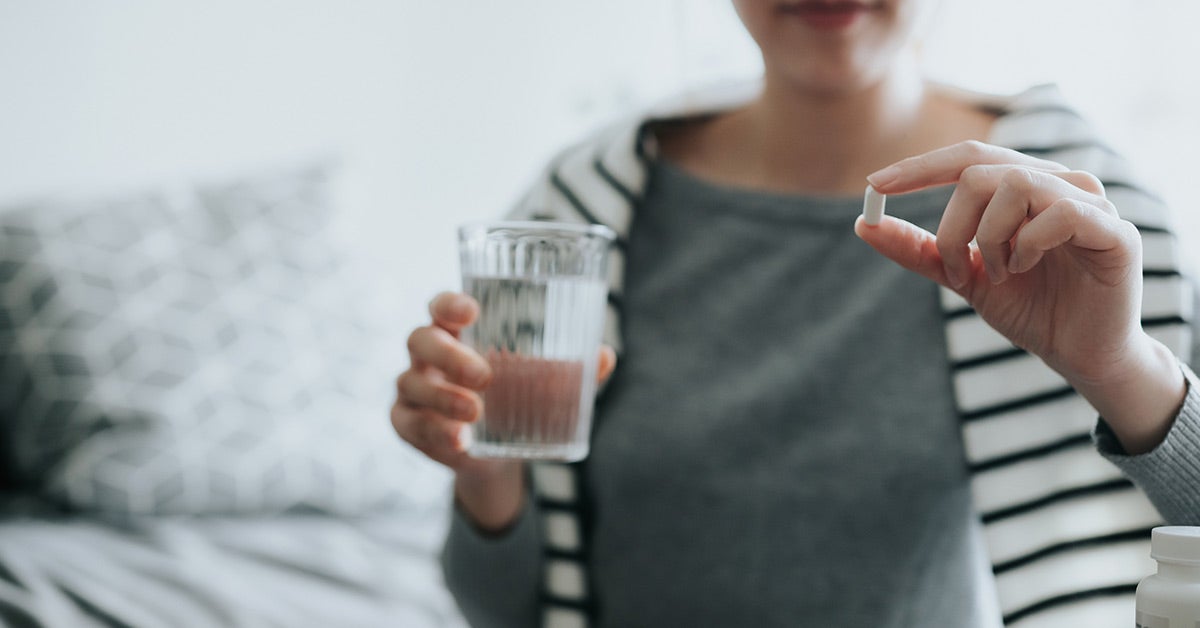Azithromycin for Chlamydia: Does It Work? - Healthline

Chlamydia is a curable sexually transmitted infection (STI) caused by bacteria.
According to the
Because this STI is a bacterial infection, it's treated with antibiotics. The two most common antibiotic treatments for chlamydial infections are azithromycin and doxycycline.
Azithromycin is a
Adults and adolescents who are experiencing symptoms associated with chlamydia can take azithromycin for treatment. Though many people with chlamydia are asymptomatic (they don't show symptoms), common symptoms can include:
- abnormal discharge
- pain while urinating
- pain in the lower abdomen (in those assigned female at birth)
- pain or swelling in the testicles (in those assigned male at birth)
Azithromycin is an FDA-approved treatment for chlamydia that's proven to be successful in curing the infection.
A
A more recent
Dosage
According to the CDC's STD Treatment Guidelines, one dose of azithromycin (1 gram) taken orally will cure genital chlamydia.
When to take it
Azithromycin is taken as a single dose, one time. It should be taken as soon as you receive the prescription.
How to take it
Azithromycin is taken one time orally and can be taken with or without food. It's important to take it as directed by your doctor.
It takes approximately 1 week for azithromycin to cure chlamydia. Avoid having sex while under treatment, as it's still possible to pass or worsen the infection during treatment.
The
A 2012 study found that azithromycin could increase the risk for cardiovascular death due to arrhythmias, so the FDA released
As with many antibiotics, there may be side effects involved when taking azithromycin. It's important to follow the instructions given when prescribed azithromycin.
Some common side effects of azithromycin include:
- nausea
- upset stomach
- diarrhea
How long does azithromycin take to cure chlamydia?
It usually takes approximately 7 days for azithromycin to cure chlamydia. However, it can take up to 2 weeks for the infection to go away completely.
Avoid having sex during treatment or until the infection has cleared. You'll want to make sure it's completely cured, or else you'll risk passing it to someone else.
What happens if chlamydia is left untreated?
If left untreated, chlamydia can lead to more serious health problems.
In people assigned female at birth, untreated chlamydia can cause pelvic inflammatory disease (PID), a condition which can scar the fallopian tubes and lead to infertility.
Chlamydia can also be passed on to babies during birth if the parent has the infection while pregnant.
In people assigned male at birth, untreated chlamydia can cause epididymitis, an infection in the prostate gland, and male chlamydial urethritis.
Can you get chlamydia more than once?
Yes, you can get the infection even if you've successfully treated it already.
A sexual partner who has chlamydia can transmit it to you again, even if you've already had it and treated it.
You can also get chlamydia again if it wasn't fully treated the first time. This can happen if you stop taking the necessary treatment. It's important to complete the antibiotics you've been given, even if your symptoms get better.
The CDC recommends getting tested 3 months after treatment of your initial infection to ensure the infection is cleared.
If you're experiencing symptoms or think you might have been exposed to chlamydia, you should get tested. You can visit your doctor to get tested and start treatment right away, if necessary.
Another option is to take an at-home chlamydia test. There are a number of at-home tests that test for a range of STIs, including chlamydia.
Once you receive your test in the mail and send back your collected sample, you can speak with a virtual healthcare professional. If your results are positive, they may help you start treatment.
Here are some tests you can buy online:
Azithromycin is a well-researched, well-tested, and FDA-approved antibiotic that's used to treat chlamydia.
While chlamydia is a common and curable STI, it's still important to take precautions to prevent it, such as using a barrier method during sex.
It's possible to get chlamydia more than once. Left untreated, it can lead to more serious health conditions.
Sam Lauron is a freelance lifestyle writer based in Austin, TX. When she's not writing about wellness, creativity, or personal development, she spends her time reading, listening to true crime podcasts, and soaking up the sunny Austin weather with her partner and their dog. Connect with her on Instagram or Twitter, or by visiting her website.


Comments
Post a Comment